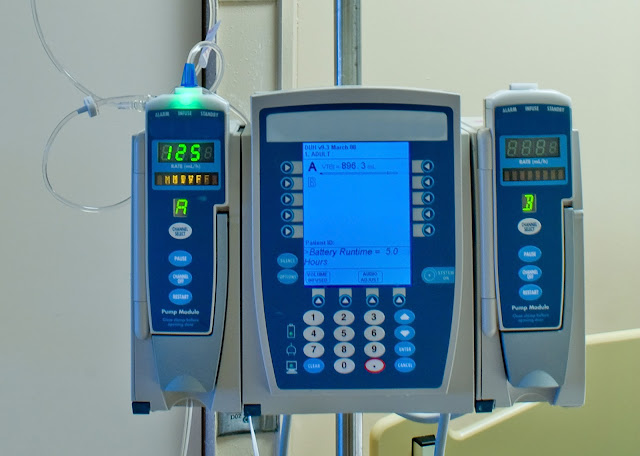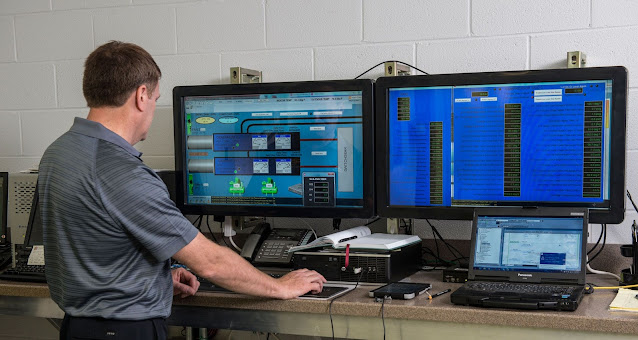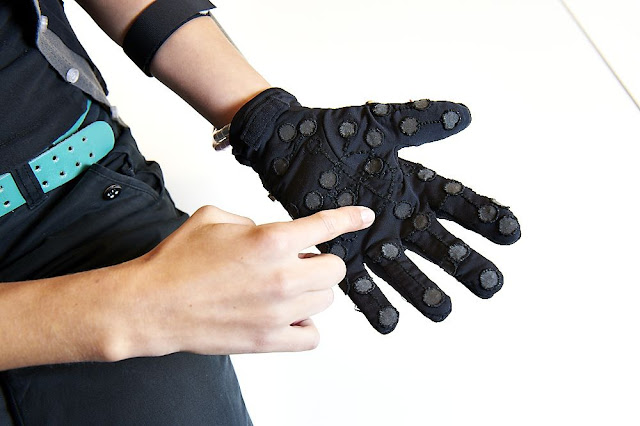A Single-Use Bioreactor Uses A Disposable Bag In Place Of A Culture Vessel
 |
| Single-Use Bioreactor |
A Single-Use
Bioreactor, also known as a disposable bioreactor, is an innovative piece
of equipment used in biotechnology and biopharmaceutical for the cultivation of
cells and production of biological products. It offers several advantages over
traditional stainless steel bioreactors, making it a popular choice for various
applications. A single-use bioreactor is designed to be pre-sterilized and used once,
eliminating the need for cleaning and sterilization between batches. This
feature significantly reduces the risk of cross-contamination, as well as the
time and cost associated with cleaning and validation processes. Additionally,
it eliminates the need for extensive cleaning and validation procedures, making
it a time-saving option.
One of the key advantages of single-use bioreactors is their
flexibility and scalability. They come in a variety of sizes, ranging from a
few liters to thousands of liters, allowing researchers and manufacturers to
choose the appropriate size for their specific needs. This flexibility enables
easy scale-up and scale-down operations, accommodating different production
volumes and experimental requirements. The Single-Use
Bioreactor consists of a disposable plastic bag made from materials such as
polyethylene, polypropylene, or fluoropolymers. The bag serves as the
cultivation vessel and is typically mounted inside a rigid outer support
structure that provides mechanical stability during the fermentation process.
The bag is equipped with ports for the inoculation of cells, feeding of
nutrients, and sampling of the culture.
According To Coherent Market Insights The Single-Use
Bioreactor Market Was Valued At US$ 1,001.0 Million In 2021 And Is
Anticipated To Grow At A CAGR Of 15.6% From 2022 To 2028 To Reach US$ 2,768.3
Million.
These bioreactors incorporate advanced control systems that
ensure optimal conditions for cell growth and product formation. Parameters
such as pH, dissolved oxygen, temperature, and agitation can be precisely
controlled and monitored throughout the process. This level of control helps to
maintain consistent and reproducible results, leading to high-quality products.
Single-Use Bioreactor offer several advantages
in terms of cost and time savings. As they do not require extensive cleaning
and sterilization procedures, the turnaround time between batches is
significantly reduced, allowing for more frequent production cycles. Moreover,
the elimination of cleaning and validation processes reduces operational costs
associated with water, energy, and cleaning agents.
Stem
Cells are undifferentiated cells which are capable of
differentiating into any type of cell that make-up the human body and thus, are
capable of producing non-regenerative cells such as neural and myocardial
cells.
Another benefit of single-use bioreactors is their reduced
footprint. Traditional stainless steel bioreactors require dedicated space for
installation, cleaning, and maintenance, whereas Single-Use Bioreactor can be easily set up and dismantled,
requiring minimal space. This advantage is particularly valuable in facilities
with limited space or when there is a need for flexible facility layouts. The use of single-use
bioreactors also contributes to sustainability efforts. Unlike traditional
bioreactors, which require significant amounts of water and energy for cleaning
and sterilization, single-use systems minimize water consumption and energy usage.
Additionally, the disposable bags are typically made from materials that are
recyclable, reducing waste generation and environmental impact.
For More Details On Single-Use Bioreactor Visit:
Https://Www.Globenewswire.Com/News-Release/2023/01/24/2594317/0/En/Global-Single-Use-Bioreactor-Market-To-Surpass-US-3-612-2-Million-By-2030-Says-Coherent-Market-Insights-CMI.Html
You Can Also Read Press Release: Https://Www.Coherentmarketinsights.Com/Press-Release/Single-Use-Bioreactor-Market-4658



Comments
Post a Comment